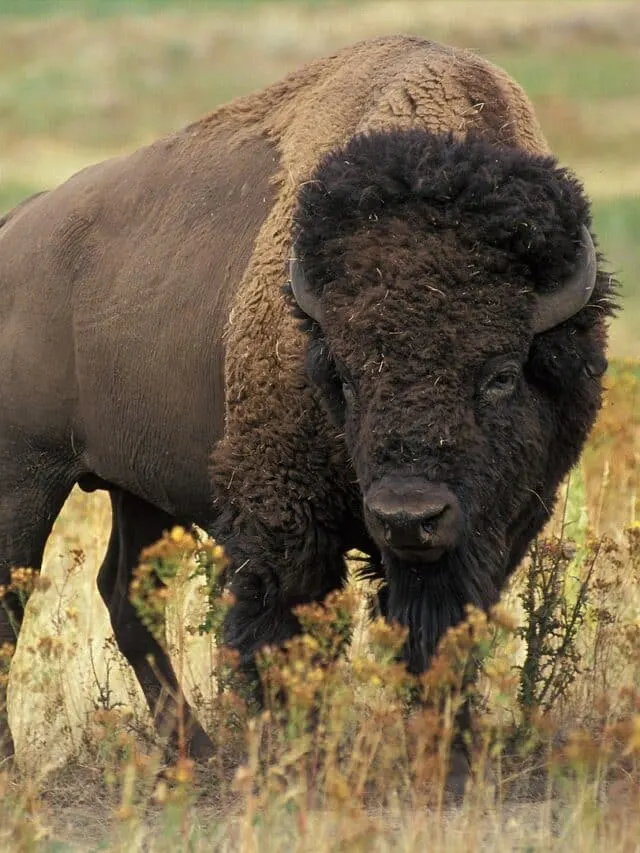During the turbulent 19th century in America, Native American tribes ruled the land, white settlers were beginning their ‘invasion’ and tens of millions of Bison roamed freely. The latter became an iconic symbol of this era. In fact, Bison’s are so steeped in American history that they’re often the main characters of American Western art and literature.
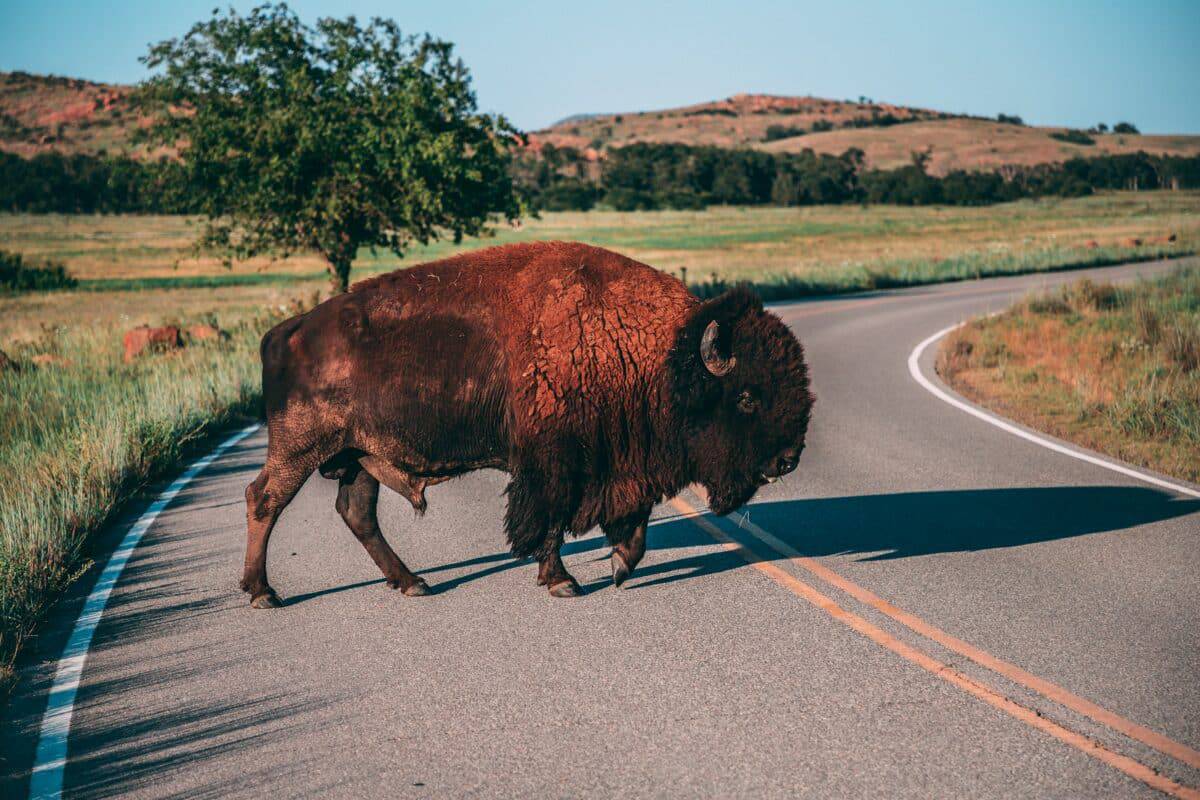
Native Americans considered Bison as sacred animals. They provided much-needed food and resources, from utensils such as spoons, and cups made from horns to winter coats made from the skin. Additionally, they provided extensive support and capabilities for trade, medicinal, and spiritual purposes.
The settlers knew how much they relied on Bison, and in an attempt to overrule, began slaughtering them by the masses. They believed it to be their Achilles heel, and many would argue they thought right. Headed by “Buffalo Bill” (William Cody), it’s reported that between 1871 and 1872, 5,000 were being killed daily, and by 1899, their population had shrunk by 99.9% – in the space of thirty years, they went from millions to near extinction. In 1884, there were 325 wild Bison left.
Having gone from a celebrated and abundant animal nestled in the plains of America to having a target on their back, they’ve experienced society’s extreme highs and lows. Fortunately, they’re back in the good books. Thanks to multiple conservation acts in the early 2000s, and most notably, President Obama’s National Bison Legacy Act in 2016, which established them as the national mammal of America, they’re on the rise. In just over a century, they went from being a helpless bull’s-eye to a highly protected animal.
Population:
During the early 19th century, 30 million American Bison roamed freely across North America, from the Great Plains to the Eastern woodlands and even sections of the unforgiving Rocky Mountains. This figure showcases the harsh reality of how detrimental the white settlers’ feud was on these species. Currently, their population is approximately 500,000.
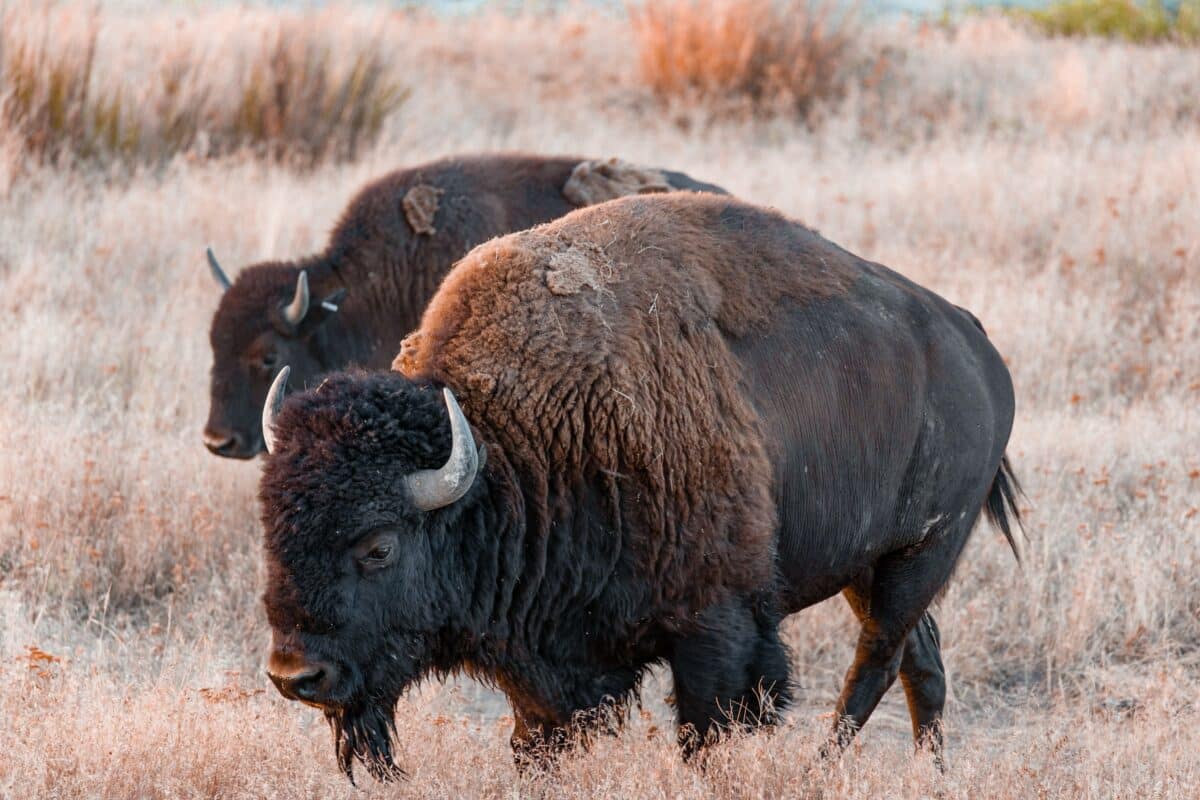
Although this figure is meager compared to their heyday, it signifies a resurgence amongst a mammal that faced the depths of elimination. It’s part of a small portion of animals in today’s climate experiencing an upswing. Whereas other wildlife like Tigers (4,500 population), Rhino (27,000), and Mountain Gorillas (1,000), are facing poachers and experiencing a fast declining population. Sadly, many species, including birds, amphibians, and mammals, are also critically endangered.
As the animal kingdom becomes increasingly damaged by global industries and diminishing environments, it makes the American Bison comeback story even more impressive.
Physical Characteristics:
Otherwise known as a buffalo, the American Bison is mighty in stature. Their weight varies between 701 to 2,205 pounds, making them the largest mammal in North America; the heaviest wild Bison weighed a jaw-dropping 2,800 pounds.
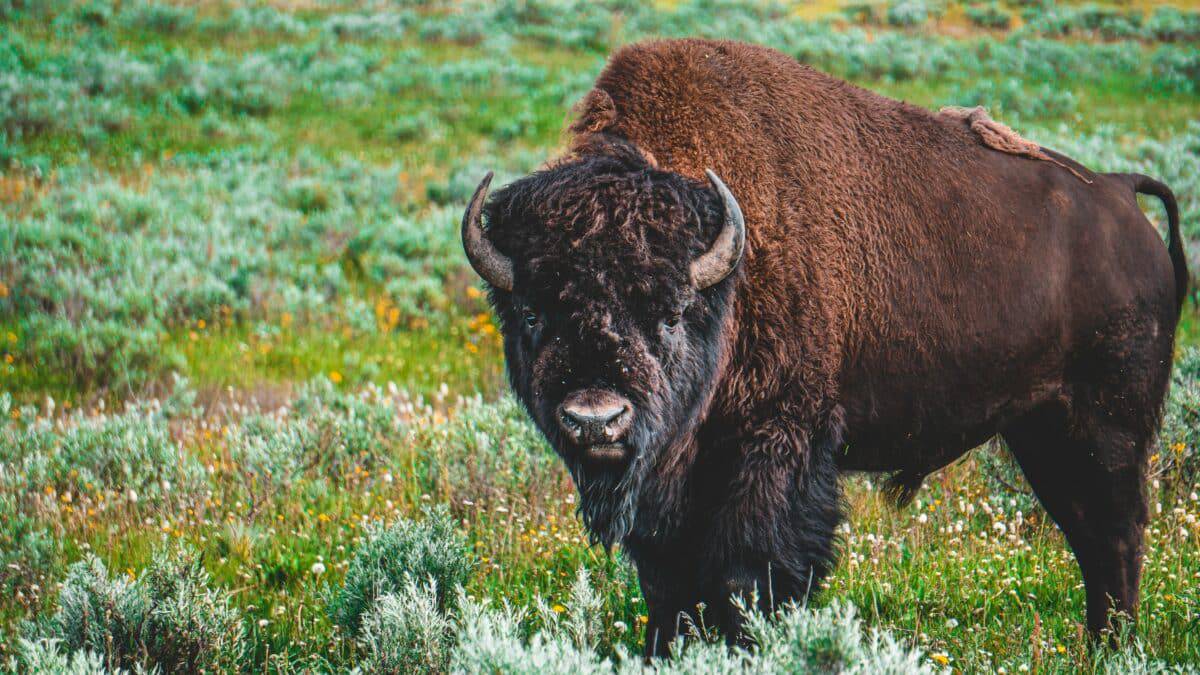
While their body – that includes a camel-like hump – takes up most of their muscular build, it’s hard to ignore its armour of curved horns, sharp hooves and mammoth head.
While their dark eyes blend into its brown fur coat, Bison’s are equipped with tremendous eyesight, hearing, and smell, allowing them to sense predators before they arrive on the scene. Another distinctive skill is their ability to cross rivers and streams when needed.
Although they look like fierce beasts, they aren’t natural hunters, they’re somewhat sedated animals and don’t threaten human safety when standing in the same proximity; their diet consists of grasses, weeds, and leafy plants.
Having evolved from the baron plains of America, centuries ago, their digestive system is another remarkable attribute and one that allows them to extract nutrients from rugged and deserted grasses.
Under their authoritative appearance lies a calm and courageous animal, only interested in its herd and food – an excellent symbol for America. The size of their herds can range from dozens to hundreds, while back in the 18th century, they could reach tens of thousands. Traditionally, males travel in small groups (or on their lonesome), while females and their young meander together.
Their Impact on the Environment:
Known as “ecosystem engineers,” these remarkable creatures have a profoundly positive impact on the environment. Their herbivorous nature is amplified by their widespread dispersal of seedlings as they roam, and is a key factor contributing to their invaluable role in enhancing biodiversity, vegetation, and the well-being of various animal species.
Range:
The American Bison, renowned for its vast and untamed roaming, possesses an impressive range of movement. These magnificent creatures can cover extensive distances, searching for food and suitable habitats. While their historical range was once truly immense, stretching from the Great Plains to the Rocky Mountains, modern Bison populations are confined to protected areas and reserves.
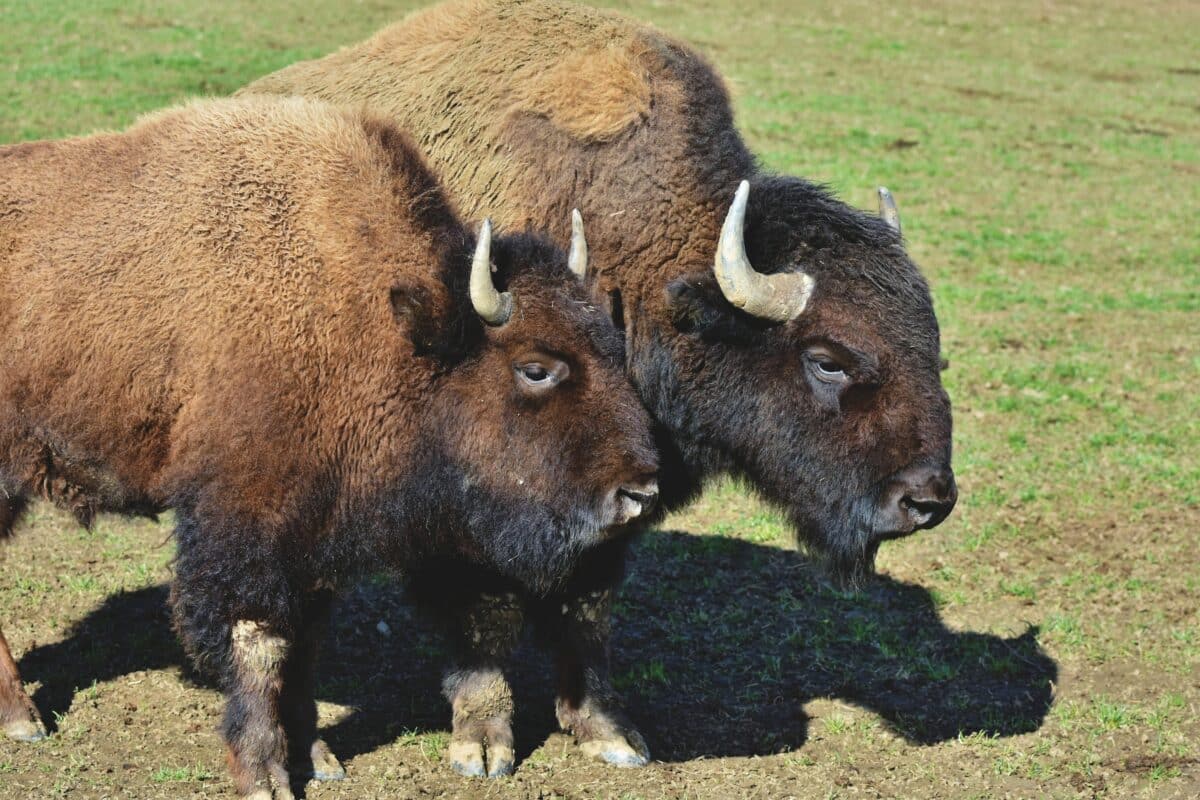
Typically, the roaming patterns of American Bison are influenced by seasonal changes, availability of grazing land, and weather conditions. During the harsh winters, they migrate to lower elevations and search for areas with less snow cover to find food. In the warmer months, they move to higher elevations for fresher pastures. Bison herds can travel great distances in a single day, sometimes covering up to 50 miles as they follow their ancestral instincts to find food and water sources.
Challenges Ahead:
Despite the positive trajectory of American Bison populations, there are still significant challenges ahead for the continued recovery and conservation of this iconic species:
- Habitat Protection: As human populations grow and expand into natural habitats, preserving the vast open spaces Bison needs for roaming and grazing is essential. Ensuring the protection of these habitats from urbanization and development is an ongoing challenge.
- Genetic Diversity: The current population of American Bison is descended from a relatively small number of individuals, which can lead to genetic issues such as inbreeding. Maintaining genetic diversity within the Bison population is crucial for long-term health and adaptability.
- Disease Management: Bison are susceptible to diseases like brucellosis, which can impact both wildlife and livestock. Managing disease outbreaks while minimizing the impact on Bison populations and their habitat is a complex challenge.
- Coexistence with Humans: As Bison populations recover, conflicts with human activities, such as agriculture and transportation, may arise. Developing strategies for coexistence and mitigating these conflicts is essential.
- Climate Change: Climate change alters ecosystems, impacting food availability and habitat suitability for Bison. Adapting to changing environmental conditions and ensuring bison can thrive in a shifting landscape is an ongoing concern.
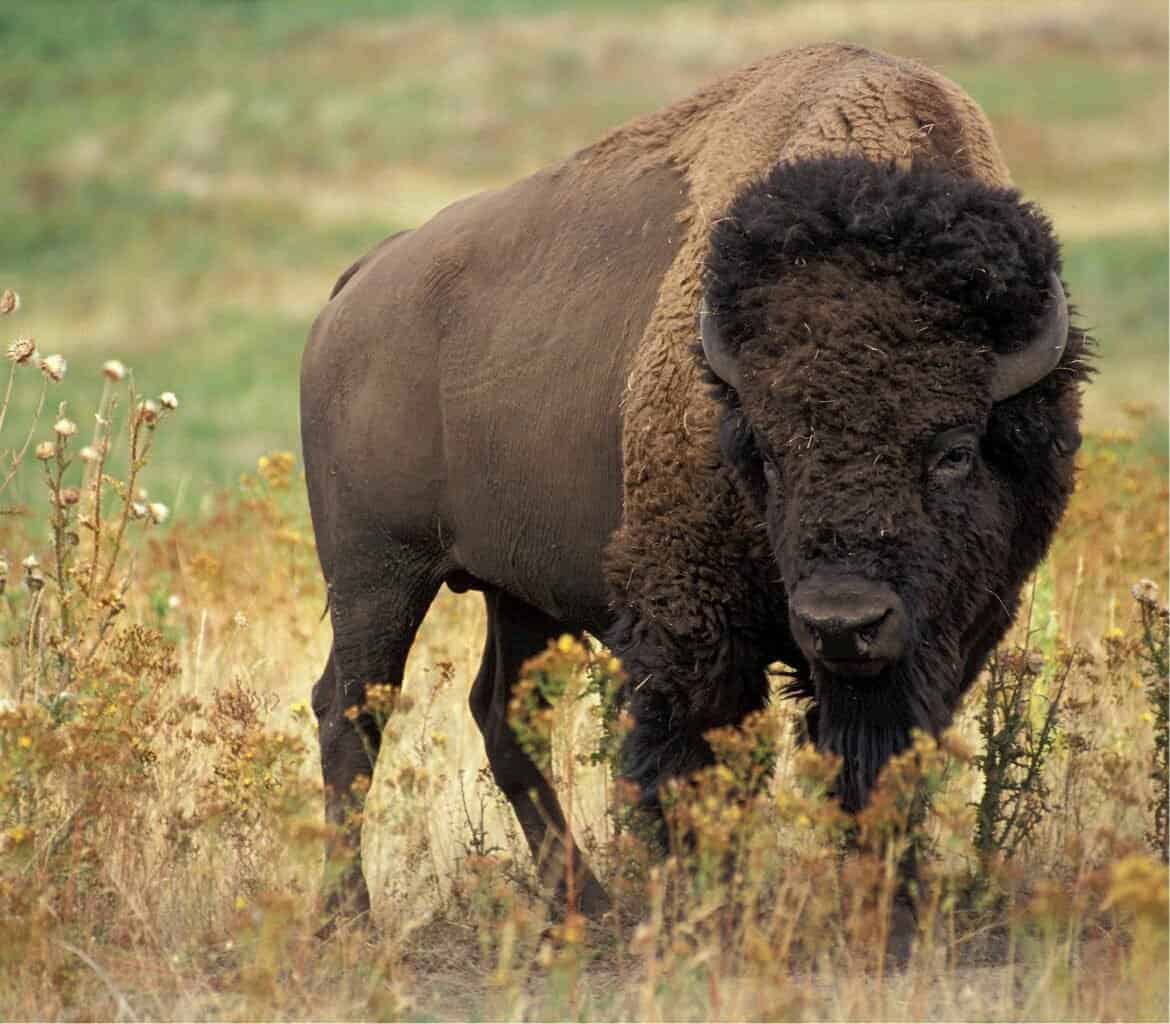
FAQs
What’s the difference between a bison and a buffalo? Bison are native to North America, while buffalo are found in Africa and Asia. Bison have a hump on their shoulders and shorter, curvier horns.
Why did the American bison population decline in the 19th century? Overhunting and habitat loss due to settlers and railroads caused their drastic decline.
What role do American bison play in ecosystems? They’re “ecosystem engineers,” shaping landscapes through grazing and aiding plant and wildlife diversity.
Are American bison dangerous to humans? They’re generally not aggressive but should be approached cautiously, especially during mating season.
How have conservation efforts helped bison populations? Conservation has established protected areas, breeding programs, and reintroduction efforts, leading to their population recovery.
Join our Forum for free today!

- Second American Killed by Elephant in Zambia This Year - July 22, 2024
- Elderly Man Kills Grizzly Bear in Montana - July 22, 2024
- Missing Cat Found Weeks Later, 40 Miles Away - July 21, 2024

